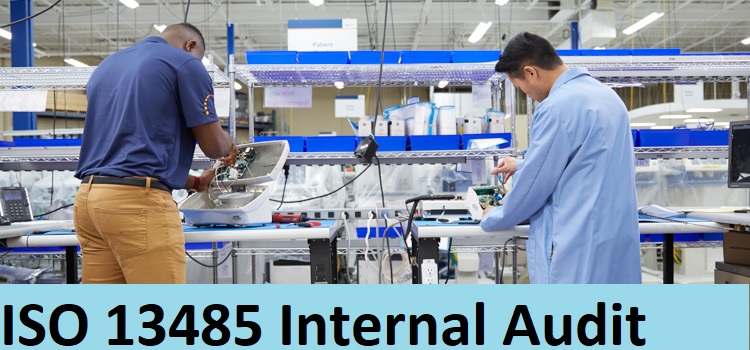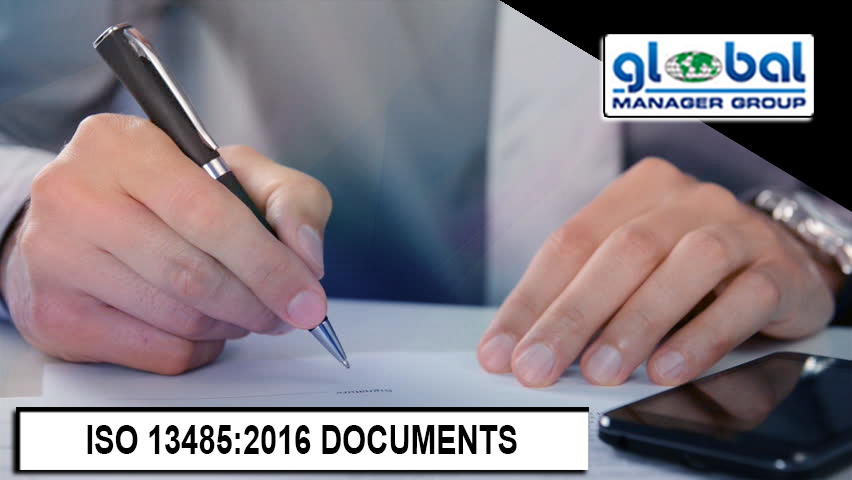ISO 13485 is a globally recognised standard that defines the standards for a quality management system (QMS) in the medical device industry. It specialises in the design, development, production, installation, and maintenance of medical devices and related services. ISO 13485 is based on the ISO 9001 standard; however, it adds some sector-specific features. The standard prioritises regulatory compliance, risk management, and process control for medical device design, production, and distribution.
What is the ISO 13485 Certification?
ISO 13485 certification demonstrates that the certified company has implemented appropriate, independently inspected processes and controls to assure the safety, efficacy, and quality of medical devices throughout their lifecycle. This includes process control from design and development to manufacture, installation, maintenance, and end-of-life. To acquire ISO 13485 certification, an organization must establish an internal QMS process that meets the standard. After implementing the QMS, a recognised certification authority conducts a full audit of the company. The audit evaluates the organization’s compliance with ISO 13485 regulations and the efficacy of its QMS.
What is the ISO 13485 Audit Criteria?
Here are the primary ISO 13485 audit criteria:
- Document Review: The auditor evaluates the organization’s QMS documentation (policies, procedures, work instructions, and records) to determine that it satisfies ISO 13485 requirements.
- On-site Audit: The audit is designed to evaluate the described system’s implementation and effectiveness as a standards-compliant QMS. It assesses processes, procedures, and records, as well as conducts interviews with employees to ensure their comprehension and participation.
- Process Evaluation: All processes must be documented, managed, and ISO 13485 compliant. This comprises all stages, including design and development, risk management methods, supplier management techniques, and other relevant processes.
- Regulatory Conformity: The audit certifies conformity with regulatory requirements, such as those set by the FDA in the United States or the Medical Devices Directive in the European Union.
- Noncompliance and Corrective Actions: Any audit deficiencies must be identified and resolved. The non-compliant components will then have to be re-audited. The organization’s process for addressing these issues may also be evaluated.
- Management Review: Auditors examine top management’s internal QMS evaluation and improvement strategies.
ISO 13485’s Audit and Certification Process
The ISO 13485 auditing and accreditation process typically includes the following steps:
- Preparation: The applicant must create and implement a QMS that meets the standards. This often needs a significant cultural transformation within the firm. This need support from the entire organization.
- Documentation: The applicant team must document how their QMS meets the standard. This necessitates comprehensive policies, processes, work instructions, records, and other documents.
- Internal Audit: This is used to test initial compliance. Members of the applying organization frequently execute this task to assist the complete company in preparing for the certification audit. This internal audit identifies any shortcomings so that the organization can enhance internal processes before to the actual audit.
- Certification Audit: A certified certification organization is invited (and paid for) to audit the company’s quality management system. The first stage of the audit focuses solely on ISO 13485 documentation; auditors analyse the company’s plan and processes to ensure that it conforms with ISO 13485 on documents. This document assessment is supplemented by internal interviews to determine readiness for the stage-two audit and, if necessary, establish a corrective action plan. Stage two audits evaluate the operational effectiveness of the QMS after any initial corrective actions have been undertaken. This comprises additional interviews and, in most cases, an on-site inspection to ensure compliance and check quality records.
- Nonconformity Management: Any feature that auditors identify as lacking is deemed a nonconformity. To acquire certification, the company must take corrective actions.
- Certification Decision: When an organization is found to be in comply, it is granted ISO 13485 certification.
- Surveillance Audits: A certification authority conducts these on a regular (usually annual) basis to ensure that the organization’s QMS is still operating by ISO 13485 standards.









